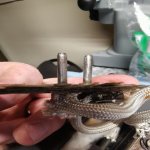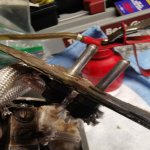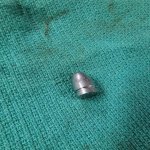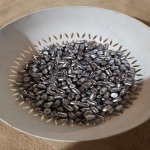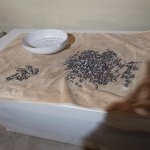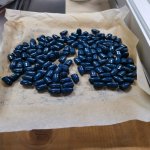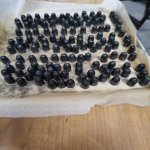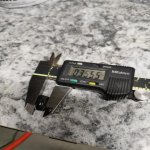There is much truth to that statement about folks walking away but i dont think it was so much the casating operation itself, it was the many vagaries of trying to make them shoot in all different alloys & sizes & speeds.
Old style cast bullet shooting most times ended up with a rabbit hole that would take a big backhoe to dig....now ,with the introduction of powder coating into the equation, a couple shovel full to dig the hole & your away.
I dabbled in cast bullets shooting a bit when i was younger but like the ones you mention, I soon lost interest but a couple years or 5 ago Auggie Doggie put me onto powder coating and I subconsciously thank him many time a year since.. I can spend an afternoon casting, PC for an hour or so the next day & shoot 2" or under groups all summer with a dozen or so different rifles....I couldn't afford 10% of the rifle shooting I do without cast & PC.















































